Complete Guide to Pulse Generators
Everything You Need to Know:
Digital Delay Pulse Generators
You need an instrument that fits your needs AND your budget. But it's hard to know which pulse generator to choose. Learn what features and functions matter the most, compare models, and choose your purchase option using this comprehensive guide.
Problems & Solutions
Problem: Synchronization, Accuracy, & Reliability
Solution: Minimize Jitter
Jitter refers to the variation in the timing of output pulses. Low jitter is crucial when selecting a precision pulse generator because it directly impacts the accuracy and reliability of the generated pulses. Jitter can introduce uncertainty in the timing of pulses, leading to inaccuracies in scientific experiments, data acquisition systems, or communication protocols.
While different measurements can be used for individual types of jitter, the root mean square, or RMS, measurement relies on a Gaussian distribution and displays a standard deviation.
In aerospace and defense or medical equipment, precise timing is essential, and high jitter can result in misinterpretations or measurement errors. Minimizing jitter ensures that the generated pulses are consistent and predictable, enhancing the overall performance and reliability.
Key takeaway: the lower the jitter, the more reliable and accurate the generated pulses will be, making it easier to achieve consistent and high-quality results in various scientific, industrial, and technological fields.
Look for: (high end)
- Jitter ranging from <50 ps to 400 ps
- Resolution up to 250 ps
- Accuracy: 1 ns + .0001 x setpoint
-
Rep Rates from 5MHz to 25MHz
Problem: Timing Variability
Solution: Independent Control of Pulse Width and Delay
Pulse width refers to the duration of each generated pulse, while delay indicates the time between the trigger signal and the onset of the pulse. These parameters directly influence the timing and accuracy of experiments and processes. In scientific experiments, especially in fields like optics and electronics, precise control over pulse width and delay is critical for achieving accurate measurements and observations. Incorrect pulse widths or delays can lead to misinterpretations of data, missed events, or synchronization issues, undermining the reliability and validity of results.
The ideal pulse width and delay depend on the specific application. In laser systems used for materials processing, shorter pulse widths achieve high precision and minimize heat-affected zones. In time-of-flight measurements, longer pulse widths capture and analyze distant objects.
Key takeaway: having control of pulse width and delay leads to accurate measurements.
Look for:
- Range and adjustability
- Ability to fine-tune pulse width and delay parameters
- Resolution up to 250 ps
Problem: Overwhelming Configuration Options
Solution: Know Your Project & Plan Ahead
With so many options out there, it's hard to know what you'll need now and in the future. How much room do you have for the unit? Rackmount or benchtop? What's your budget? What level of precision do you need? Purchase a pulse generator that meets a wide range of specifications to get the most life from the system.
Key takeaway: choose the pulse generator with as many options as your budget allows to future-proof your system as much as possible.
Look for:
- Channel outputs: 2, 4, and 8+
- Communication: USB, RS232, Ethernet, Bluetooth, and GPIB
- Flexible power controls
- Customization capabilities
FAQs
A digital delay pulse generator is a piece of electronic test equipment used to generate rectangular pulses. Pulse generators are used primarily for working with digital circuits; related function generators are used primarily for analog circuits.
Pulses can be injected into a device that is under test and used as a stimulus, clock signal, or analyzed as they progress through the device, confirming the proper operation of the device or pinpointing a fault in the device. Pulse generators are also used to drive devices such as switches, lasers and optical components, modulators, intensifiers, and resistive loads. The output of a pulse generator may also be used as the modulation signal for a signal generator.
Non-electronic applications include those in material science, medical, physics, and chemistry.
Digital delay pulse generators offer differing repetition rates with each channel. These instruments synchronize, delay, gate and trigger multiple devices, usually with respect to one event.
Pulse generator with multiple input triggers allow experimenters to synchronize both trigger events and data acquisition events using the same timing controller.
Jitter is the timing variations of a set of signal edges from their ideal values. Jitters in clock signals are typically caused by noise or other disturbances in the system.
Simple bench pulse generators usually allow control of the pulse repetition rate (frequency), pulse width, delay with respect to an internal or external trigger and the high- and low-voltage levels of the pulses. More sophisticated pulse generators may allow control over the rise time and fall time of the pulses. Pulse generators are available for generating output pulses having widths (duration) ranging from minutes to under 1 picosecond.
Pulse generators are generally voltage sources, with true current pulse generators being available only from a few suppliers.
Pulse generators may use digital techniques, analog techniques, or a combination of both techniques to form the output pulses. For example, the pulse repetition rate and duration may be digitally controlled but the pulse amplitude and rise and fall times may be determined by analog circuitry in the output stage of the pulse generator. With correct adjustment, pulse generators can also produce a 50% duty cycle square wave. Pulse generators are generally single-channel, providing one frequency, delay, width and output.
Used in academic, commercial, research and development settings, pulse generators test devices, and electronic systems used in communication systems, data transmission, triggering devices, and high-speed digital circuits.
Pulse Generator Articles & Application Papers
Articles

MicroJewel Laser Guides the Way for Historical Odysseus Mission
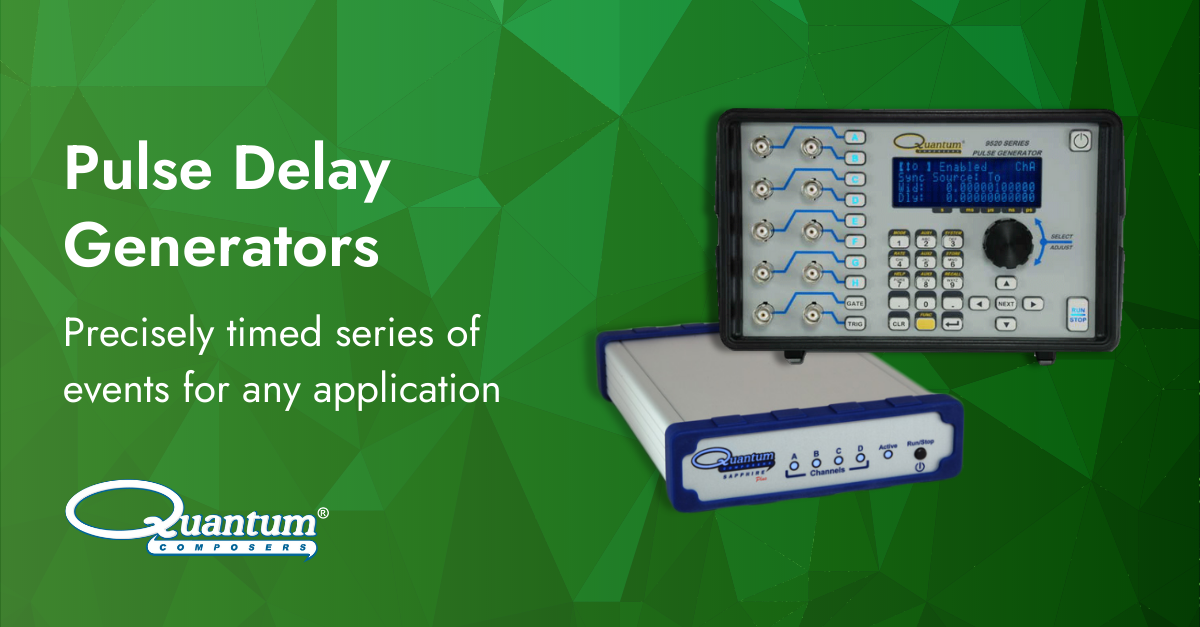
Spotlight on the Pulse Generator

Successful LIBS Research Through Autonomous Robotic Exploration with Dr. Susanne Schroeder
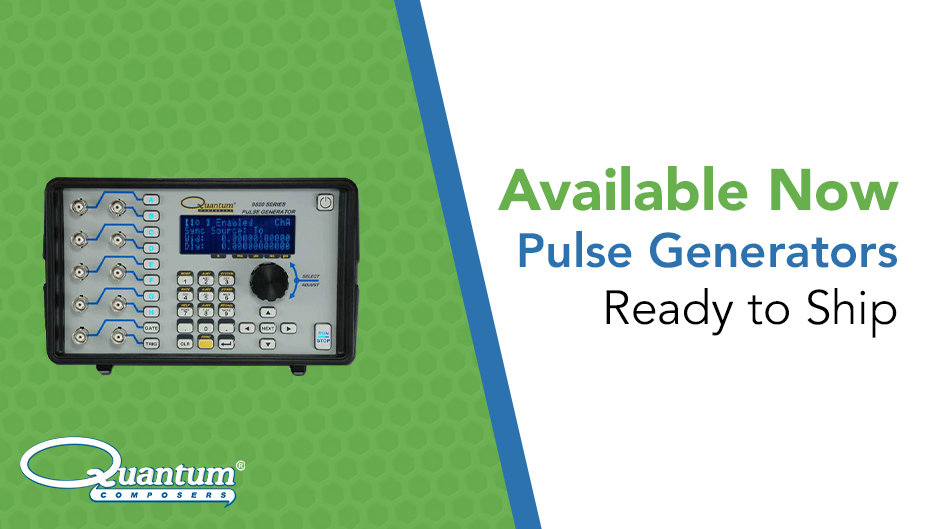
Precision Pulse Generators Ready to Ship

Using LIBS in Autonomous Robots to Explore Geomaterial Composition in Space Exploration

Make the Switch from QuikLaze & EzLaze to the LS-635B Laser System
Laser Induced Breakdown Spectroscopy
Learn how researchers use pulse generators to synchronize, adjust, and trigger lasers in their experiments.
Quantum Physics & Laser Physics
Pulse amplification, precision timing and synchronization, and nanosecond time delays help advance these experiments.
Industrial & Aerospace Research
Pulsed electrical discharges, object and feature inspection, ignition timing, and TOF mass spectrometric studies using pulse generator instruments.
Medical Imaging & Life Sciences Research
Pulse generators synchronize lasers and perform precision timing events in tomography, microscopy, and quantum imaging research.
Compare Pulse Generators
Look for the features and functionality that best fit your timing resolution, jitter, and output needs.
Pulse Generator Lineup
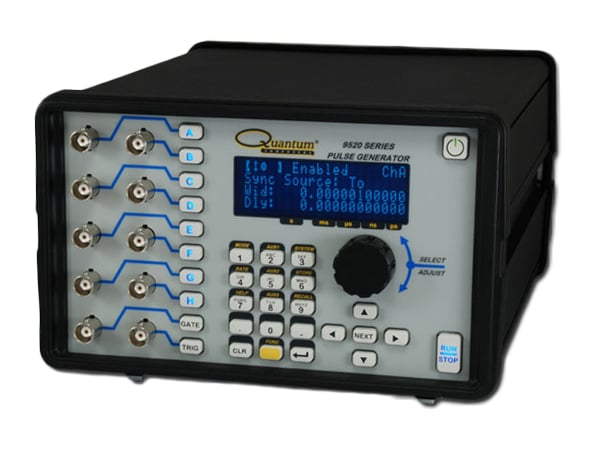
9520 Series
- 250ps Timing Resolution
- Less than 50ps Jitter
- 2, 4 or 8 Output Channels
- Modular, High Precision Model
- Modular units with many custom configurations
- Outputs options, High Voltage, Impedance Matching, Optical and more
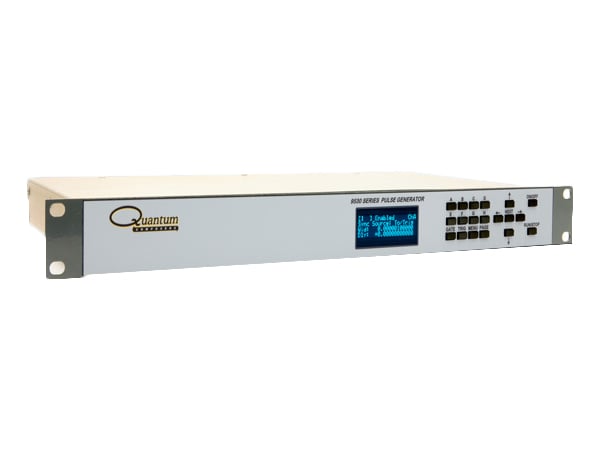
9530 Series
- 250ps Timing Resolution
- Less than 50ps Jitter
- 4 or 8 Output Channels
- Rackmount Ready Model
- External Clock Sync
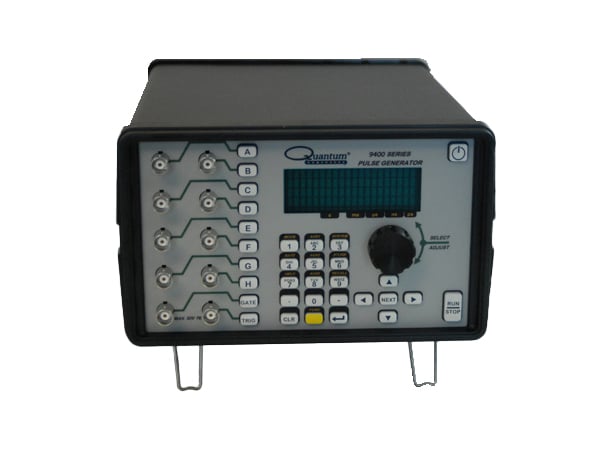
9420 Series
- 10ns Timing Resolution
- Less than 400ps Jitter
- 2, 4, or 8 Output Channels
- Flexible, Standard Lab Model
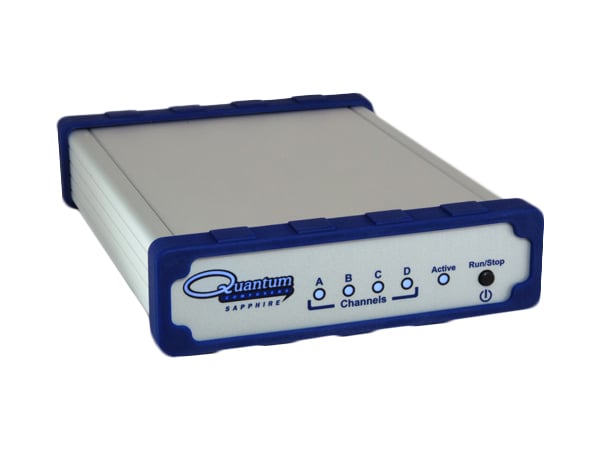
9200 Sapphire Series
- 10ns Timing Resolution
- Less than 250ps Jitter
- 2 or 4 Output Channels
- Compact with Custom GUI
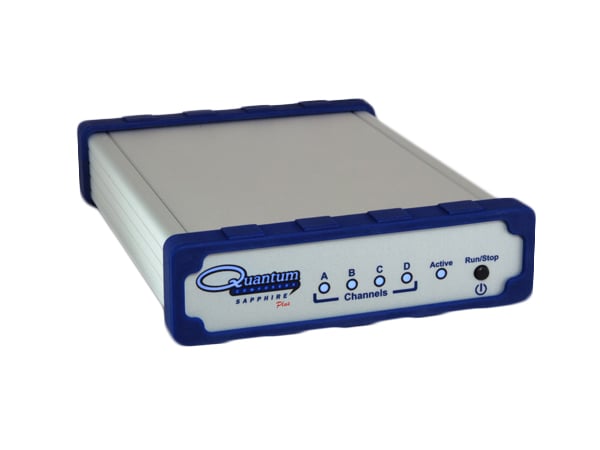
9200+ Sapphire Series
- 5ns Timing Resolution
- Less than 250ps Jitter
- 2 or 4 Output Channels
- Compact with Custom GUI
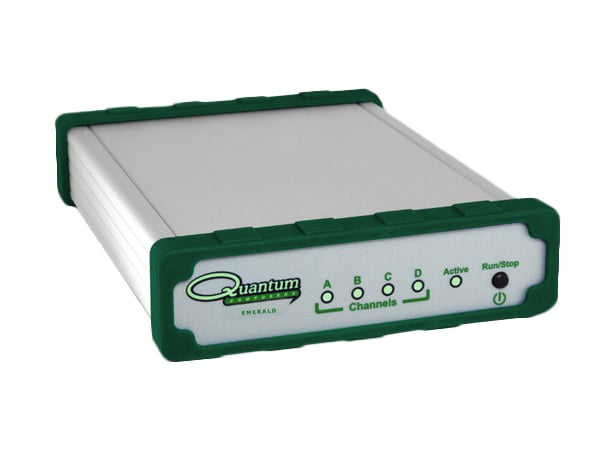
9250 Emerald Series
- 5ns Timing Resolution
- Less than 15ps Jitter
- 4 Output Channels
- Compact with Custom GUI
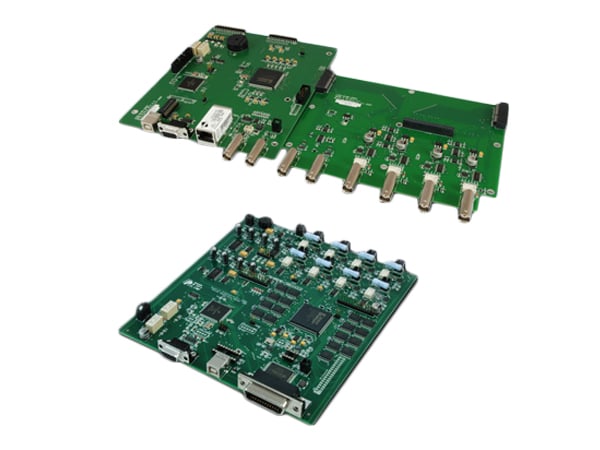
8500 Series Board Level
- 2 Models in Board Level
- 1ns or 250ps Timing Resolution
- 2, 4, or 8 Output Channels
- Optional Power Supply
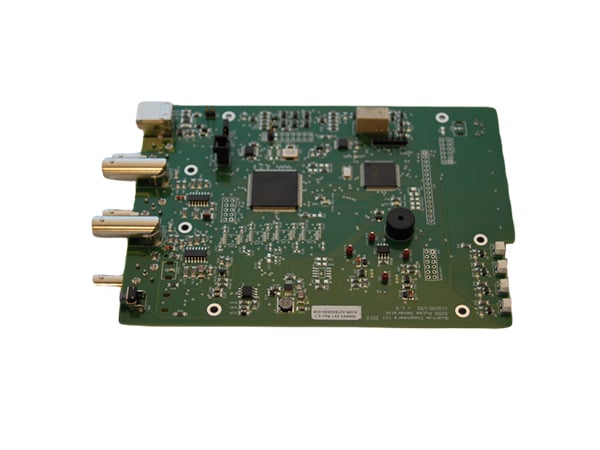
8200 Series Board Level
- 2 Models in Board Level
- 5ns or 10ns Timing Resolution
- 2 or 4 Output Channels
- Optional Power Supply

